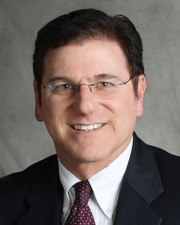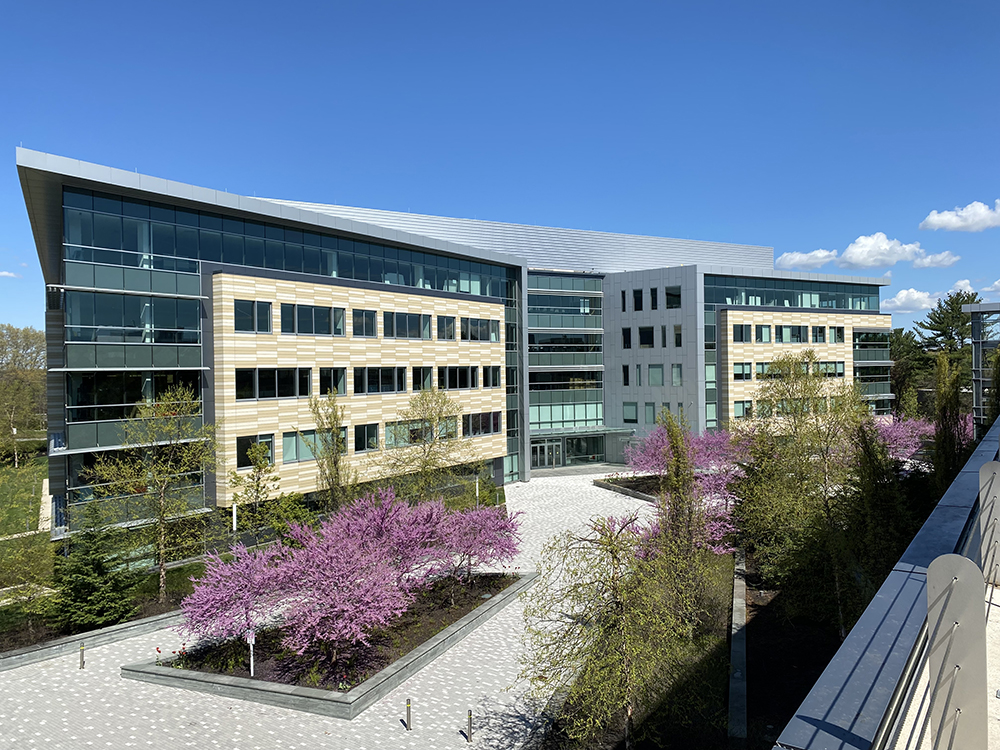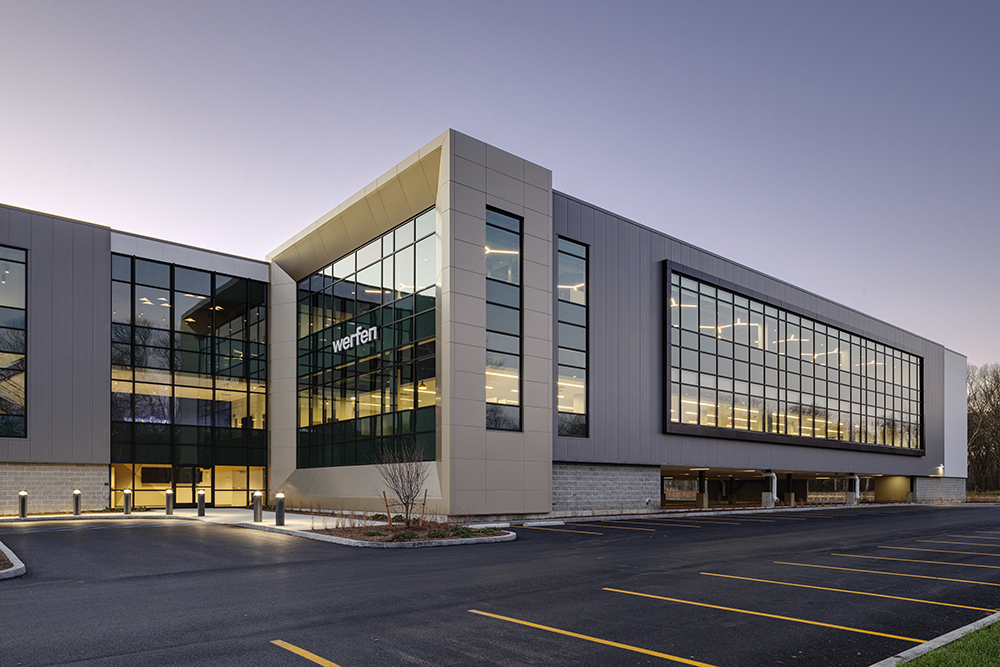News: Front Section
Posted: April 9, 2008
Going Green has made its way into the public spotlight
There is a growing trend nationally and internationally of redesigning the approach that developers, ownerships and property managers conceptualize, develop, construct, reposition, renovate and operate new and existing commercial buildings. The idea of "Going Green" has made its way into the public spotlight and has become a critical issue on many different fronts. Environmentally, whether it is the global warming/carbon emissions concerns, or the degradation of our existing infrastructure and natural environment/resources talk of 'Going Green' has now migrated into today's lexicon and is transforming the next generation of properties under design or has begun to influence the modification of existing buildings. Additionally, the historical price of a barrel of oil, peaking recently at $109/per, has placed greater challenges on ownerships/property managers to institute methods of reducing utility costs/operating expenses to ensure appropriate actions are being taken to achieve a successful project.
The various approaches of designing green buildings is being set by several methodologies, however, the principals and practices being accepted by most have followed the standards developed and implemented by certification in the Leadership in Energy and Environmental Design (LEED) criteria.
This curriculum has become the national and international standard in achievement for environmentally friendly buildings. There are several similar rating systems, whether it is for homes, new or renovations of office buildings, schools, hospitals etc. Attaining the LEEDS Platinum designation, the highest of achievements, requires that all criteria be met or exceeded with the lowest level, a Bronze designation, still requiring a demanding checklists of standards set by LEED.
Most of these programs, similar in objectives, focus heavily on integrity of materials (i.e glazing, fabrics, hardware, roof, exterior façade) building systems efficiencies (HVAC, re-use of building water with green roofs, water treatment, plumbing, utilities) site selection (urban vs. suburban, improved land use, proximity to water sources) and improved accessibility (distance to: public transportation, major highways, town centers and urban populations) that in total, provide the user and the surrounding environment an enhanced experience of reducing waste and energy while improving the overall positive affect a particular project has on the environment.
Hunneman Management & Development Co. has begun to implement a systematic approach, similar in objective to LEEDS certification. In reviewing our portfolio of existing managed properties we identify building materials and systems which can be converted, renovated and/or replaced with more operational efficient devices or finishes in an effort to help lower the overall ecological footprint while reducing expenses. At 303 Congres St., Boston, we recently installed hands-free devices on bathroom fixtures and have motion sensitive light detectors in offices.
Overall water consumption is projected to decrease by 5%, as importantly though, is receiving our tenants' comments, which have been overwhelmingly positive and complimentary.
These tangible efforts put forth by the ownership, have rightfully empowered our tenants to feel that they too are contributing to the changing tides by making the decision to rent in an ecologically friendly office building.
There are many other ways to reduce costs and lower existing non-certified buildings' strain on the environment. Several examples include, using recycled paper products, instituting paper recycle programs with tenants, install computerized programmable HVAC systems, incorporate native plants from the region in the landscape, as non-indigenous plants usually require additional watering, install "no mow" grass species, waterless urinals, dual flush toilets and low flow sinks. Seeing as 65% of all energy consumption in the United States comes from buildings, and they contribute around 36% of total greenhouse gas emissions, there is more than plausible reasons for the extra effort to incorporate these type of programs to slash these numbers.
Stu Pratt is an assistant project manager and Andrew Ravech is VP of New Business Development for NAI Hunneman Management & Development Co., Boston.
Tags:
Front Section
MORE FROM Front Section
Newmark negotiates sale of 10 Liberty Sq. and 12 Post Office Sq.
Boston, MA Newmark has completed the sale of 10 Liberty Sq. and 12 Post Office Sq. Newmark co-head of U.S. Capital Markets Robert Griffin and Boston Capital Markets executive vice chairman Edward Maher, vice chairman Matthew Pullen, executive managing director James Tribble,

Columns and Thought Leadership

How COVID-19 has impacted office leasing - by Noble Allen and John Sokul
To say that the effects of COVID-19 has transformed office leasing is an understatement. When COVID-19 was at its peak, office spaces were practically abandoned either through governmental mandates or through actions taken by businesses themselves.

Five ways to ruin a Section 1031 Like-Kind Exchange - by Bill Lopriore
While there is some flexibility when structuring a like-kind exchange, some important requirements must be met. A mistake can ruin your exchange. Here are five mistakes to avoid:

Four tips for a smooth 1031 Exchange - by Bill Lopriore
Many real estate investors do not understand the specific requirements that must be met to secure the benefits of a tax-deferred 1031 exchange. For example, the replacement property must be identified within 45 days of the closing date of the relinquished property.

Make PR pop by highlighting unique angles - by Stanley Hurwitz
Coming out of the pandemic, a client with three hotels in Provincetown, Mass., needed ways to let the world know his properties were open for business for the 2021 tourist season.







